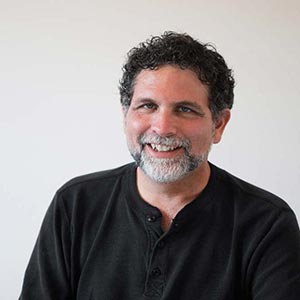One of the challenges of the philosophy of Pragmatism is that it is too easy to reduce its complexity and subtlety to simple utilitarianism. Some of the same language that William James used to almost single handedly popularized Pragmatism into an international philosophic sensation probably also exasperated this problem. Statements like, “Grant an idea or belief to be true, it says, what concrete difference will its being true make in anyone’s actual life? How will the truth be realized? What experiences will be different from those which would obtain if the belief were false? What, in short, is the truth’s cash-value in experiential terms?” are easy to misinterpret.
In my reading of the Pragmatists what has excited me (as someone who holds an Integral understanding of reality myself) is that the depth of their view, in my opinion, relies on an integrated view of inner and outer reality. Peirce’s adherence to Objective Idealism and James’s Radical Empiricism both reflect their commitment to this unity. As for John Dewey, he stated his integrated view of reality in an early essay entitled “The Reflex Arc Concept in Psychology.” In this short, technical and arguably awkwardly written paper, Dewey lays out the foundations for a view of reality that I find deeply compelling.
Essentially he points out that the psychological understanding of stimulus and response mechanisms for action are overly simplistic and not reflective of reality. The classic stimulus/response mechanism that Dewey describes in his paper is probably not that different than the ideas that most of us hold today. A child walks into a room in which there is a lit candle. The candle is the stimulus that stimulates a response in the child –reaching out to touch the flame – the sensation of being burned is the next stimulus that stimulates the next response – the child pulling its hand away from the flame and so on. Dewey protests that this view chops up reality into bits that occur in succession one after the next, but the truth of human interaction with the environment is more complex, fluid and continuous than that.
He goes on to depict how thought, activity and environment are all part of a constantly interacting “circuit.” As I imagine this, I see myself walk into a room and my mind is flashing through different thoughts feelings, memories, desires, intents and interests, my eyes passing over and focusing on different aspects of the scene in front of me, the muscles of my eyes and body are all in motion and flux. Some combination of all this results in my reaching out for the candle flame, but the candle flame didn’t cause the motion – there was a lot more to the picture. The motion almost grew out of the total of everything together. My thoughts are in play, as are my preferences, ideas, and feelings. In addition I am comparing the candle light against other objects in the room and selecting it over other things in the room based on preferences and circumstance some conscious and others unconscious.
As Dewey describes it there is an ongoing interaction of mind, body and environment all in some flowing ever-changing state of dynamic equilibrium. I had the sense, as I started to get what he was describing, of a human wave of activity passing by in constant interaction with the environment, changing the environment as it sweeps by and being changed by the environment in turn. It is a powerful description of the interrelated and undivided connection between mind, body and environment as one complex system. I think it is a description not unlike the vision of reality held by the American behaviorist psychologists B.F. Skinner, in fact Skinner mentions as much in one of his notebooks.
To my mind this view is critical to understand how the Pragmatists saw ideas literally growing into results.
